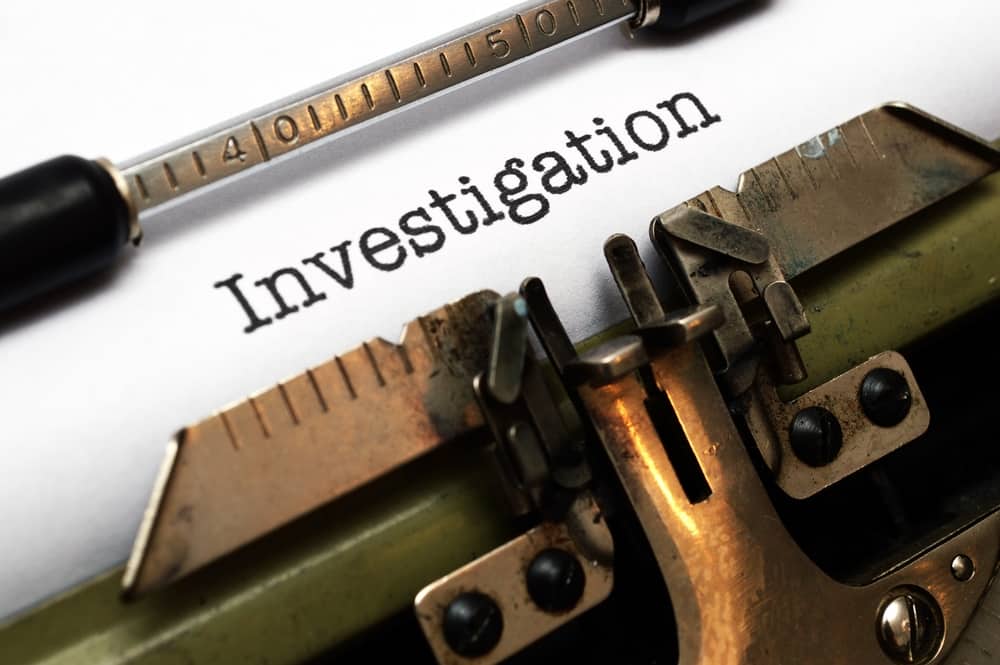
Defending Against Potential Claims
An immediate investigation of a claim needs to occur once the insurance carrier is aware of a potential claim. When the insurance carrier is given notice of an incent from their insureds, they can take steps to collect information. These key steps include:
- Documentation of the work injury;
- Development of background information on the injured employee. This can include information on their hobbies, interests, and activities outside work; and
- Identification and interview of all witnesses’ potential witnesses.
Proactive action by the claims team can pay dividends.
Click Link to Access Free PDF Download
“The 5Cs to Taking a Bulletproof Injured Worker Recorded Statement”
Fraud Reduction and Mitigation
Claim handlers can also be proactive when it comes to spotting and reducing fraud. When fraud is suspected, the claim management team can undertake the following steps:
- A handwritten statement from the employee concerning the circumstances surrounding the work injury;
- Additional efforts to identify witnesses concerning the events and circumstances surrounding the work injury; and
- Coordination with the state agency that assists in an insurance fraud investigation.
It is vital to remaining vigilant when it comes to fraud in workers’ compensation cases.
Identifying Possible Subrogation Opportunities
Workers’ compensation insurance policies are typically the “primary payer” injury cases. Given the workers’ compensation policy, claim handlers should always be on the lookout for possible areas of recovering against third parties or insurance plans that may be at fault. Typical areas of subrogation opportunities include:
- Motor vehicle accidents: When the injured employee is not at fault, there is an opportunity to recover for all or a portion of workers’ compensation benefits paid to an injured employee. Claims involving motor vehicle accidents require the claiming team to determine other insurance sources and issues concerning fault.
- Products liability cases: Employees are often hurt by tools or other products that can be defective. When an injury occurs involving a tool’s use, claim handlers should be mindful of their possible right of recovery. Additional legal counsel may need to be retained to handle these situations.
- Slip and falls on third parties’ premises: An employee injured on someone else’s property may lead to a possible subrogation claim against that person’s homeowners or business liability insurance policy. Investigations should focus on areas where slips and falls may occur and if the owner owed a duty of care to the employee.
Being on the lookout for potential subrogation actions and mean less money spent on workers’ compensation claims.
Investigation Tools and Resources
There are countless sources of information at the disposal of the claim management team. It is important a claim handler is aware of these tools and uses them correctly.
- Recorded Statements: It is essential to take this statement shortly after a work injury. Memories fade over time.
- Request for authorizations: Claim handlers must obtain medical records and other information following a work injury. It is important to be aware of legal issues concerning these matters. In many instances, state law only requires the employee to sign medical authorizations limited to the affected body parts and conditions.
- ISO Claims Search: Inquiry should be considered when it comes to prior claims made by an employee.
- Workers’ compensation records: Access to this information will allow the claim team to know pertinent information regarding prior claims made.
This list of types of evidence is not exhaustive. The claims team members need to understand the different types of testimonial and documentary evidence. Obtaining this information is key to defending workers’ compensation claims.
Conclusions
Workers’ compensation claims can be best defended when a proper and complete investigation is initiated at the onset of a claim. Members of the claim management team play an important role in locating this information to develop a strategy to defend a claim. When done correctly, there can be a significant reduction in litigation and unnecessary costs within a claims program.
 Author Michael Stack, CEO Amaxx LLC. He is an expert in workers’ compensation cost containment systems and helps employers reduce their workers’ comp costs by 20% to 50%. He works as a consultant to large and mid-market clients, is a co-author of Your Ultimate Guide To Mastering Workers Comp Costs, a comprehensive step-by-step manual of cost containment strategies based on hands-on field experience, and is the founder & lead trainer of Amaxx Workers’ Comp Training Center, which offers the Certified Master of Workers’ Compensation national designation.
Author Michael Stack, CEO Amaxx LLC. He is an expert in workers’ compensation cost containment systems and helps employers reduce their workers’ comp costs by 20% to 50%. He works as a consultant to large and mid-market clients, is a co-author of Your Ultimate Guide To Mastering Workers Comp Costs, a comprehensive step-by-step manual of cost containment strategies based on hands-on field experience, and is the founder & lead trainer of Amaxx Workers’ Comp Training Center, which offers the Certified Master of Workers’ Compensation national designation.
Contact: mstack@reduceyourworkerscomp.com.
Workers’ Comp Roundup Blog: https://blog.reduceyourworkerscomp.com/
©2021 Amaxx LLC. All rights reserved under International Copyright Law.
Do not use this information without independent verification. All state laws vary. You should consult with your insurance broker, attorney, or qualified professional.















